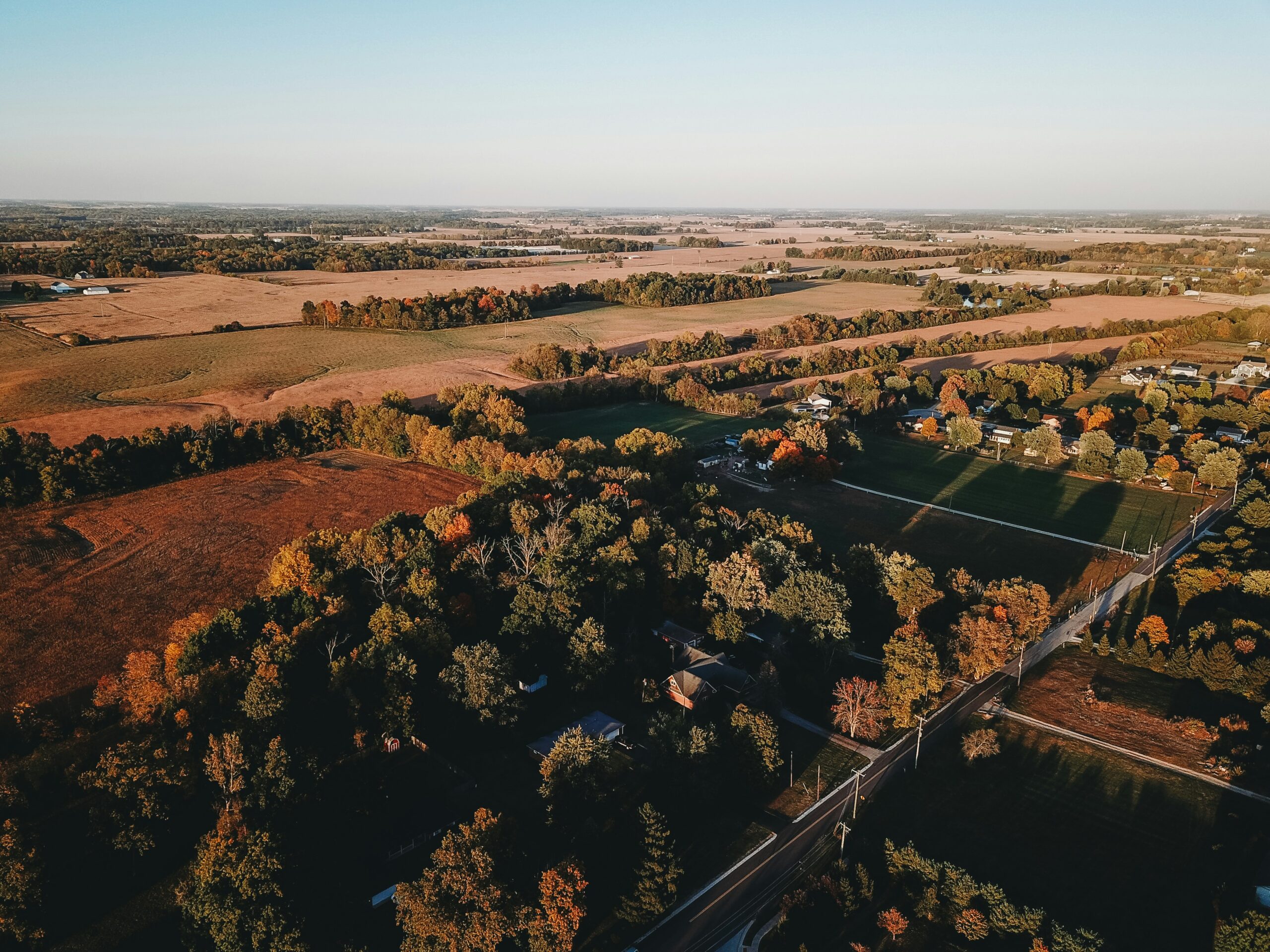Seasonal Depression, often called Seasonal Affective Disorder (SAD), is a mental health condition that impacts millions of people every year. As the seasons change, reduced daylight, colder weather, and disruptions to routines can cause a profound shift in mood, energy, and overall well-being. If you, or someone you love, is feeling the weight of Seasonal Depression, we want you to know that you’re not alone. More importantly, there are effective ways to manage the symptoms and create space for healing and renewal.
At Crossroads Healing Centers, we’ve worked closely with individuals living with Seasonal Depression and have seen firsthand how the right combination of strategies can light the path to lasting wellness. We’ve gathered the top 10 ways to manage seasonal depression disorder and take control of your emotional health.
1. Prioritize Exposure to Natural Light
One of the primary causes of Seasonal Depression is reduced sunlight during the colder months. Sunlight plays a key role in regulating serotonin and melatonin, both of which influence mood and sleep. Spend as much time outdoors as possible during daylight hours. Even a brief midday walk can make a significant difference. Keep curtains and blinds open to let natural light into your home, and consider rearranging your space to maximize exposure to this beneficial light.
2. Use a Light Therapy Box
For many individuals, natural sunlight isn’t always readily available, especially during long Indiana winters. Light therapy, using a specially designed lightbox, has proven to be an effective tool for managing the symptoms of SAD. These devices mimic sunlight, helping your body regulate its internal clock. We recommend using a lightbox for approximately 20-30 minutes each morning, but it’s always best to consult a professional for guidance first.
3. Maintain a Consistent Sleep Routine
Seasonal Depression often disrupts sleep, whether it’s difficulty falling asleep, staying asleep, or waking up feeling unrested. Make a commitment to a regular sleep schedule, aiming for 7-9 hours of sleep per night. Go to bed and wake up at the same time every day, even on weekends. Keeping a consistent routine helps regulate the internal body clock that can be thrown off by seasonal changes.
4. Balance Your Diet
One of the ways to manage seasonal depression is through diet and nutrition. The seasonal shift commonly triggers cravings for sugary and starchy foods, which may provide temporary comfort but can lead to energy crashes and worsen your mood. Focus on a well-balanced diet rich in lean proteins, whole grains, fresh fruits, and vegetables. Omega-3 fatty acids, found in foods like salmon and walnuts, are particularly effective in promoting brain health and balancing mood. Stay mindful of portion sizes and aim for nourishment rather than emotional eating.
5. Stay Physically Active
Regular exercise is an effective way to combat the fatigue and low mood associated with Seasonal Depression. Activities like walking, yoga, swimming, or cycling can release mood-boosting endorphins and help reduce tension. You don’t have to engage in high-intensity workouts; even light movement or stretching can make you feel more energized and uplifted. The key is to stick with activities that feel enjoyable and manageable for you.
6. Implement Mindfulness and Relaxation Techniques
Seasonal Depression can intensify feelings of stress, overwhelm, and anxiety. Mindfulness-based practices, such as meditation, deep-breathing exercises, or progressive muscle relaxation, can help you stay grounded and calm. Meditation apps and guided exercises can make these practices more accessible, but the most important thing is to focus on what resonates with you. Taking time each day to relax your body and mind can go a long way in relieving both emotional and physical tension.
7. Lean on a Support System
Isolation is a common symptom of SAD. When energy levels and motivation are low, it’s tempting to avoid social interaction entirely. However, staying connected to friends, family, or a trusted support group can help offset these feelings. Share your experiences with loved ones and allow them to support you. If talking in person feels difficult, virtual calls or text messages can still foster connection.
At Crossroads Healing Centers, we encourage group therapy because being surrounded by individuals who understand your challenges can be incredibly validating and healing. Building a network of support makes a world of difference.
8. Consider Therapy as One of the Key Ways to Manage Seasonal Depression
Talk therapy is a powerful component of a well-rounded approach to Seasonal Depression. Cognitive Behavioral Therapy (CBT), in particular, helps address unhealthy thought patterns while equipping you with practical coping tools. Meeting with a professional therapist allows you to unpack the deeper emotional challenges that may be influencing your seasonal mood changes.
At Crossroads Healing Centers, we offer tailored therapy programs that are designed to uncover the root causes of depression and empower you with strategies for long-term resilience. Professional help should always be considered one of the best ways to manage seasonal depression disorder.
9. Explore Medication or Psychiatry Support
If the symptoms of Seasonal Depression feel overwhelming, medication may be a helpful option to explore. Antidepressants, such as selective serotonin reuptake inhibitors (SSRIs), can assist in balancing brain chemistry during the months when symptoms are most pronounced. Our psychiatric team works closely with clients to determine if medication is the right fit for their care plan, and we stay with you every step of the way to ensure your treatment is effective and well-monitored.
10. Seek Professional Care When Needed
Seasonal Depression is more than “just the winter blues.” If you feel like it’s interfering with your daily life, personal relationships, or overall happiness, professional care is essential. Seeking help is not a sign of weakness—it’s a courageous step toward prioritizing your mental well-being.
At Crossroads Healing Centers, we offer comprehensive treatment for Seasonal Depression in Indiana, including inpatient care, Partial Hospitalization Programs (PHP), Intensive Outpatient Programs (IOP), and outpatient care. Our programs are designed to provide you with the tools, therapies, and emotional support you need to navigate the challenges of Seasonal Depression and reclaim control over your life.
Find Ways to Manage Seasonal Depression with Crossroads Healing Center in Indiana
Seasonal Depression may feel like a heavy burden, but it doesn’t have to shape your life. The strategies listed above can help alleviate some of your symptoms, but if you’re ready to take more decisive action, we’re here to support you.
At Crossroads Healing Centers, we specialize in treating Seasonal Depression in Indiana with compassion, effectiveness, and personalization. Whether you’re seeking inpatient Seasonal Depression treatment or outpatient options that fit your schedule, our programs are built to meet your needs and support you every step of the way.
Contact us today to take the first step toward relief and renewal. Let’s work together to bring light into every season of your life.







